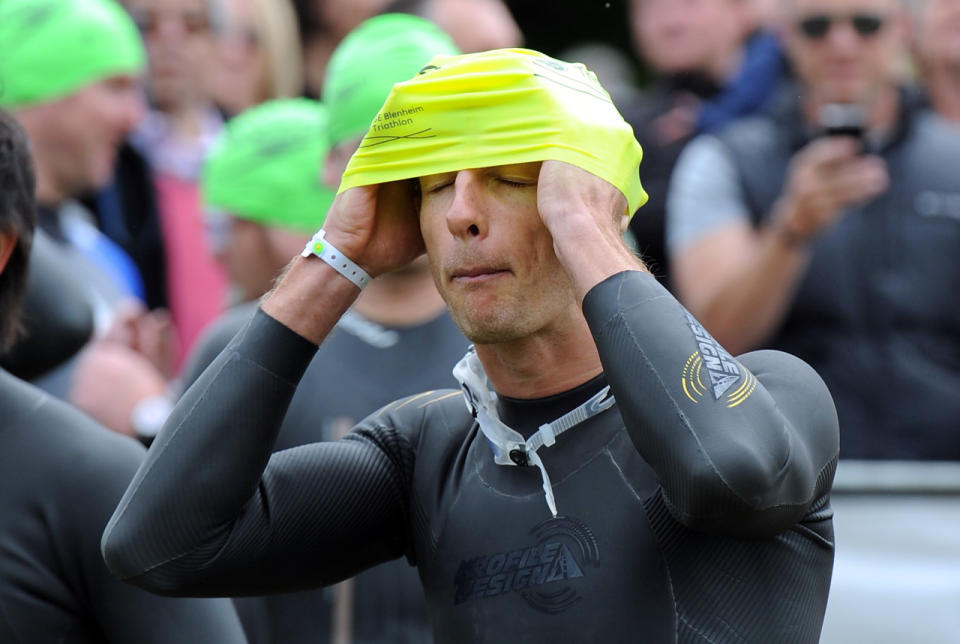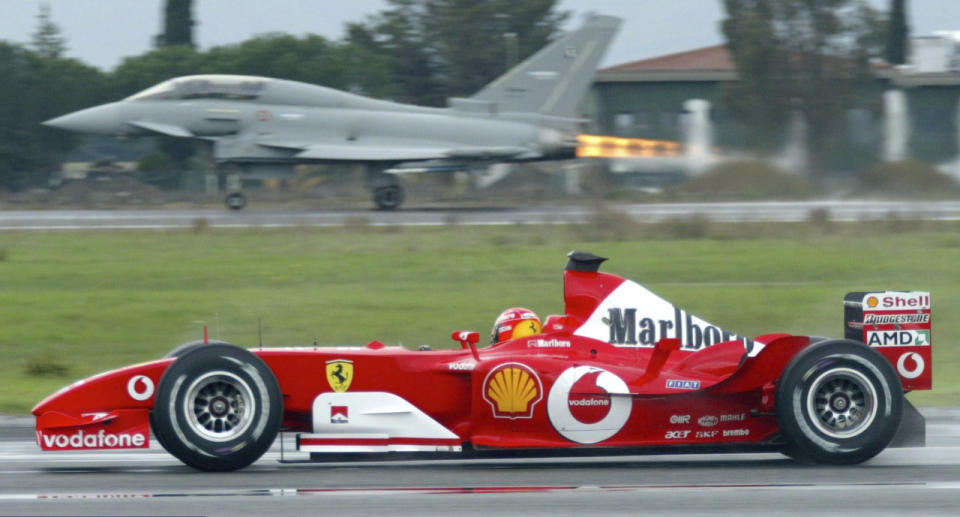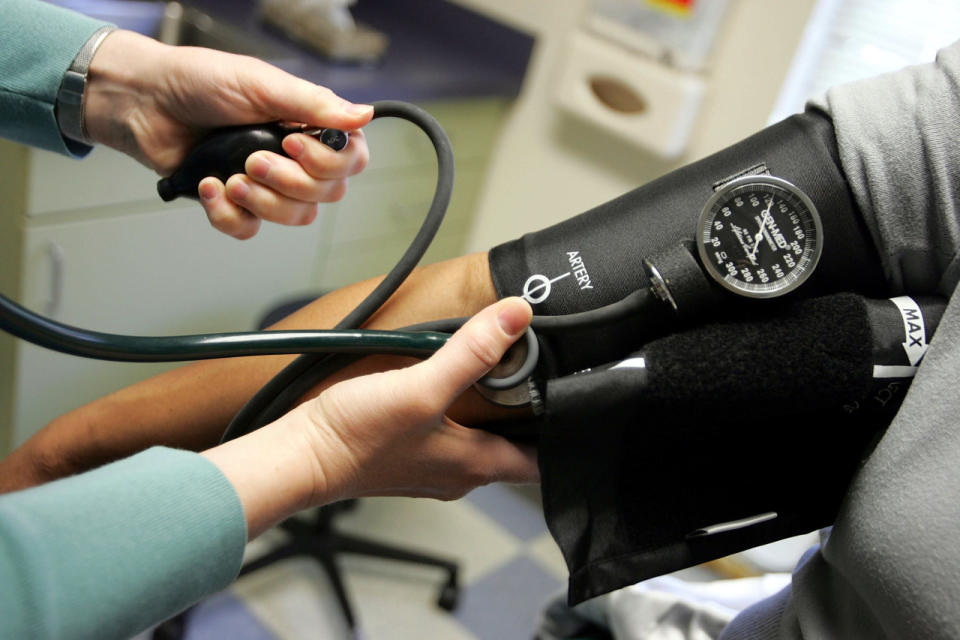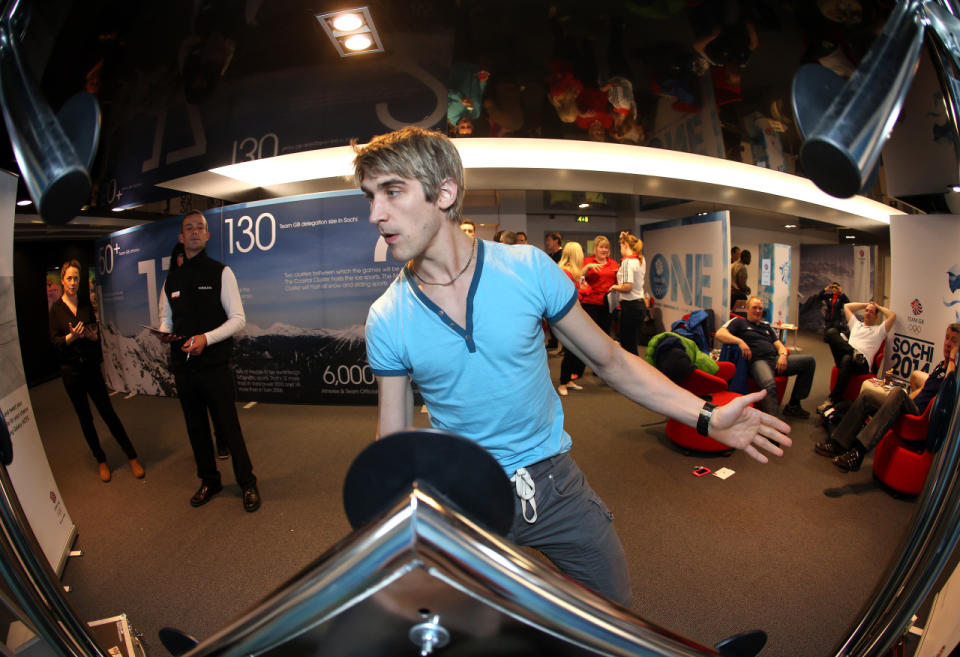Four ways F1 drivers are way fitter than you will ever be

Ever been kart racing? Remember the first time, how sore your arms were the next day?
Remember how long 20 minutes in one of these little machines felt, as you were bumped and shaken at maybe 45mph, trying to keep your concentration and wondering why there was always someone faster than you, no matter how hard you pushed?
And, of course, remember how many times you span out.
As drivers progress from karts to faster forms of racing, the kit around them improves, but the demands on their bodies and minds grow rapidly, especially if they hope to finish on the podium.
F1 drivers have such impressive levels of general fitness that it’s not unusual for them to compete in marathons and triathlons (that’s Jenson Button pictured, in one of his many triathlons) as a hobby.
Here are four ways F1 drivers have to be fitter than most of us will ever be.
Muscles … but there’s a catch

F1 drivers need excellent all-round strength and endurance, but it’s not enough for them to bulk up like He Man in a helmet.
Muscle is heavier than fat, and so excess muscle bulk will put the driver at a disadvantage – in a sport where advantages are gained by making a steering wheel 250 grammes lighter, drivers generally weigh just 65-70kg.
So it’s not enough for F1 stars to eat lots of chicken and protein shakes, and pump iron so they look ripped. They need to be strong and lean, with excellent endurance abilities.
For example, they work on arm strength not just by curling dumb-bells, but by holding a big ol’ weight at arm’s length both horizontally and vertically (pictured) and turning it like a steering wheel… until their forearms are burning with the effects of lactic acid.
Their necks need to be particularly strong. A typical head weighs just under 5kg. Add to that a helmet (1.25kg) and a HANS device (0.6kg) and a driver’s neck has to support around 7kg. Except that, in a high-speed corner, pulling 5g, that 7kg is multiplied to 35kg… that’s as heavy as one-and-a-half tightly packed suitcases.
Drivers use a device similar to a helmet connected to pulleys, to strengthen their necks and upper backs.
Ferrari built a ‘car gym’ to replicate the stresses of an F1 race on a driver, including a neck exerciser and a vibrating, 25kg steering wheel.
G-forces: Enough to take your breath away

Those g-forces which stress the neck so much have other effects to which drivers must adapt as well.
Now, while the g-forces in an F1 car are often compared with those in a fighter aircraft, there are some key differences.
A fighter pilot will experience up to 9g, but in the vertical plane – down (or up) the spine. An F1 driver experiences most of their g-force challenges in the horizontal plane, at right-angles to the spine.
In corners, a driver’s neck, ribs and hips are gradually – relatively gradually – squeezed to one side.
But when a driver hits the brakes, the g-forces come on instantly and violently.
Former F1 star Mark Webber describes the challenge: ‘When you’re experiencing g-force it can be hard to breathe normally. It can make you a bit weaker because, sometimes, you have to hold your breath.
‘You need to be strong to cope.’
Tensing up and holding a breath helps both drivers and pilots control how g-forces push blood around the body – for both, practice is essential not just to improve performance, but because their lives can depend on coping with these forces without losing control or even passing out.
Cardiovascular strength: The heart of the matter

The work that drivers do to improve their cardiovascular performance is for a reason.
Their bodies are under constant pressure – the closest thing to a break is a three-second pitstop – and they can’t let their concentration or strength fade at all.
In terms of physical endurance, few activities come close to an F1 race. A marathon, in sunny conditions, will keep heart rates high for longer than a two-hour F1 race but the temperature in an F1 cockpit is up to 55C.
So what else do we know about how an F1 driver’s body behaves during a race?
Their blood pressure can go up by 50 per cent during a race and they can lose 3kg of weight through sweat.
Their resting heart rate can be less than 50bpm (beats per minute) – the rest of us will have a rate somewhere between 60 and 100bpm.
But, as they sit waiting for the lights to go out at the start of a race, their heart rates can rocket to 180bpm. This is before they’ve even started to move.
As a race hots up, peak rates can reach 200bpm and, according to Toyota, a driver’s average heart rate is 170bpm.
That’s almost three beats every second, for 90-120minutes, and it’s incredible.
Mental fitness: Helping the brain take the strain

In sporting terms, F1 places an unusually high demand on the brain. Concentration levels, awareness of surroundings, the processing of huge amounts of data, physical as well as visual feedback … all this must be carried out effectively as the driver also wrestles with race strategy and, let’s not forget, emotions as well.
The driver’s brain is treated like another muscle, albeit one that is strengthened with different exercises.
On one level, basic race simulators help familiarise drivers with circuits and particular challenges.
But other computer programmes will help exercise other parts of the brain.
For example, a Batak board (pictured) is used to improve reaction times, coordination and use of peripheral vision.
It is simply a large frame with buttons which light up at different heights – the faster you hit the buttons, the better.
It sounds easy, and it is – well, it’s easy to be mediocre. Hitting 100 lights in a minute is impressive – you’d expect a fighter pilot or stunt pilot to operate at this level. But then, Lewis Hamilton and Jenson Button hit the mid-70s in a Batak challenge back in their days as McLaren team-mates.
Another former McLaren driver, Heikki Kovalainen, averaged 121 lights per minute, a full 20 per cent better than even a stunt pilot.
The unofficial world record is 172 but, as Lewis Hamilton said, it’s not just about speed of reaction: in F1, you’re looking for precision too.
Teams have psychological support networks to help drivers cope with the pressures of having to perform at such high levels, in the full glare of publicity.
And, of course, drivers develop techniques for improving their own performances. You’ll see some utilising breathing exercises, you’ll see all of them visualising a course before they hit the track, picturing braking points, entry points, exit points.
A lot of drivers have superstitions, from lucky underwear to always getting into a car from the same side. These may seem odd but they are familiar elements in what can be a chaotic environment, and they can help a driver develop and maintain a suitable routine when the pressure is on.
Frankly, once you begin to appreciate just what sort of physical and mental challenges these stars of F1 face week-in, week-out, perhaps it would be even odder if they didn’t have their own superstitions and lucky charms.
They are, after all, humans like the rest of us; only they are rather well-tuned humans.

 Yahoo Sport
Yahoo Sport 





































